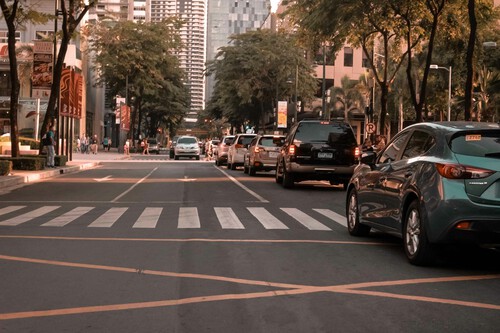Chinese robotaxis have overtaken the U.S. in the race for autonomous transportation for the first time. Baidu announced that its Apollo Go service has completed 11 million trips, surpassing the 10 million reported by Waymo.
Why it matters. This development is significant because it represents a turning point in a technology that will shape the future of urban transportation. It took China only two and a half years to surpass Waymo. The U.S. company launched the world’s first fully autonomous service in 2020 after extensive research and development as part of Google’s “Other Bets.”
Contrast. In late 2024, General Motors announced that it would abandon its Cruise project after investing $10 billion in it. Additionally, Motional had to pause its operations due to economic challenges.
Meanwhile, Chinese companies WeRide and Pony.ai are expanding into Europe and the Middle East through partnerships with Uber.
Figures:
- A robotaxi ride costs $0.35 per mile in China.
- The same ride costs about $2 in the U.S.
With 1.4 billion people, China has a market four times larger than that of the U.S., providing a natural advantage in scale that isn’t easy to replicate.
The big picture. China has built its advantage on three key pillars:
- Favorable regulations in more than 50 cities.
- Globally competitive automotive supply chains.
- Strong government support, recognizing autonomous cars as a crucial area for innovation.
What’s next? Tesla recently announced plans to launch its service in Austin, but competition is ramping up globally. Baidu is already conducting tests in Hong Kong and the United Arab Emirates, with reported intentions to expand testing to Switzerland and Turkey.
However, Chinese companies are still seeking funding. Even with their vast population, the market alone isn’t enough to sustain operations in a sector that has yet to turn a profit.
In depth. Consulting firm McKinsey estimates that robotaxis won’t reach commercial scale until 2030, requiring billions of additional dollars to achieve fully autonomous capabilities.
Image | Quiara Valenzona




View 0 comments